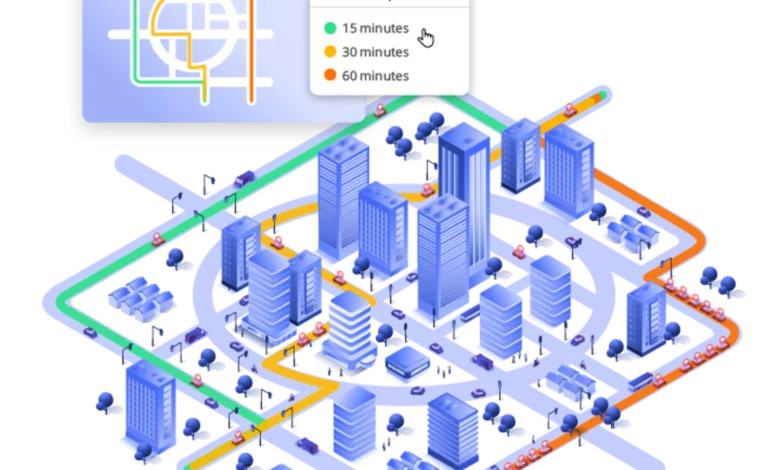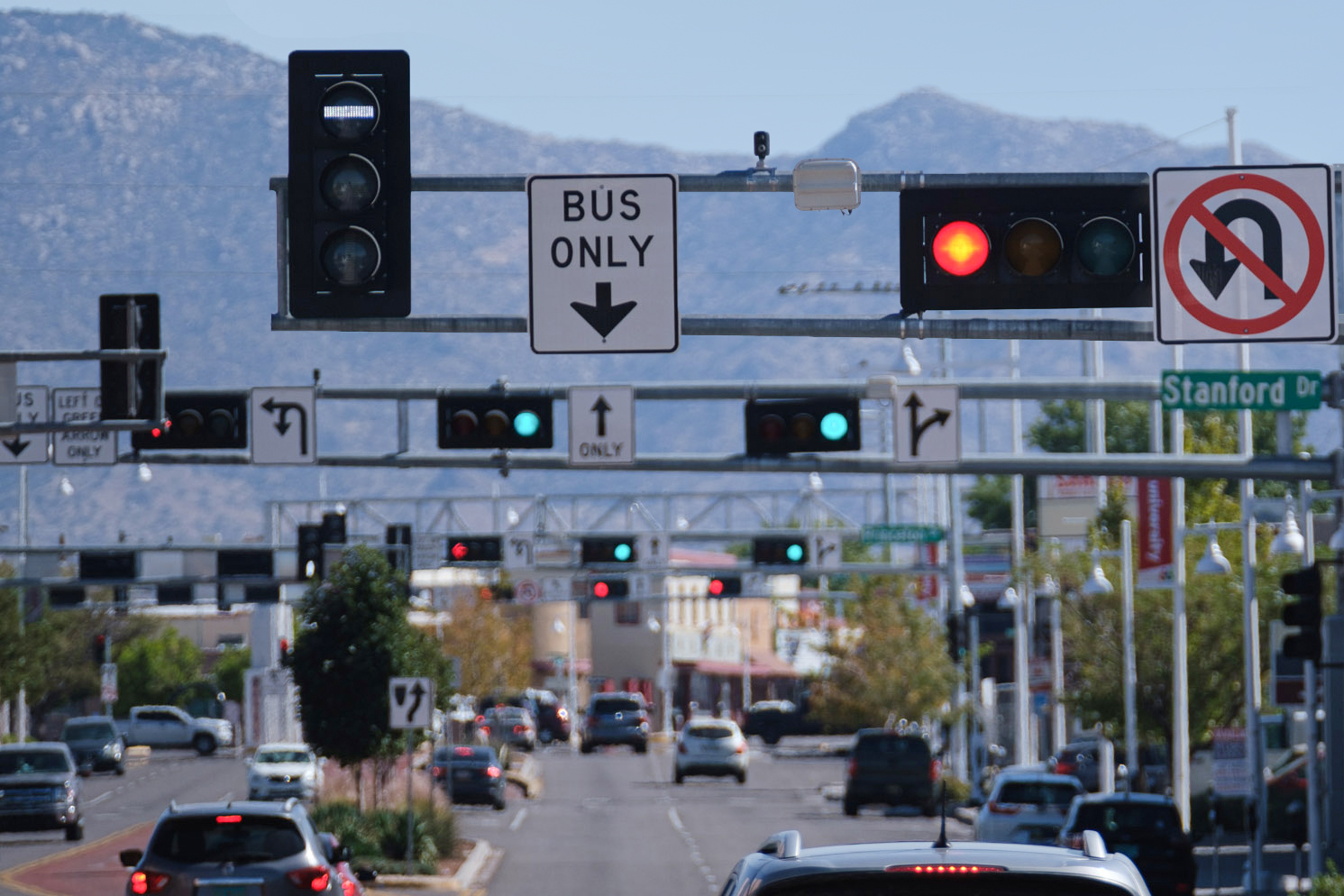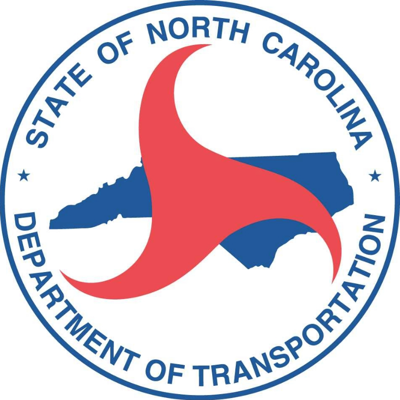New Mexico Signal Design Manual: A Comprehensive Overview

The New Mexico Signal Design Manual is a critical resource for engineers, planners, and officials involved in traffic signal design and management throughout the state. This manual outlines the fundamental principles of traffic signal design and integrates state-specific considerations, making it an essential guide for ensuring safety and efficiency on New Mexico’s roads. In this article, we will delve into the manual’s critical components, significance, and impact on traffic management in New Mexico.
Understanding Traffic Signal Design

Traffic signals are vital in managing vehicular and pedestrian traffic at intersections. A well-designed traffic signal can reduce accidents, improve traffic flow, and enhance pedestrian safety. The New Mexico Signal Design Manual provides guidelines that address various aspects of signal design, including visibility, timing, and coordination.
Importance of the Manual
- Standardization: The manual standardizes the design process across the state, ensuring that all traffic signals adhere to specific criteria. This uniformity helps reduce drivers’ confusion and enhances safety.
- Safety Enhancements: By following the guidelines laid out in the manual, engineers can design signals that minimize the risk of accidents. This includes appropriate placement, timing adjustments, and the integration of pedestrian signals.
- Adaptation to Local Conditions: New Mexico presents unique challenges like diverse geographical features and varying traffic patterns. The manual incorporates these local considerations, enabling tailored solutions that reflect the state’s needs.
- Integration with Technology: With the advent of intelligent traffic systems, the manual emphasizes integrating technology into signal design. This includes using adaptive signal control technologies that adjust timing based on real-time traffic conditions. New Mexico Signal Design Manual
Critical Components of the New Mexico Signal Design Manual
- Design Criteria
The manual outlines essential design criteria that engineers must follow. These include:
- Visibility: Signals must be positioned at heights and angles that maximize visibility for all road users, including those in vehicles and on foot. New Mexico Signal Design Manual
- Signal Phases and Timing: The manual provides detailed recommendations on determining appropriate signal phases and timing, ensuring smooth traffic flow while prioritizing safety.
- Pedestrian Facilities: Guidelines for including pedestrian signals, crosswalks, and accessible features are critical, reflecting the manual’s commitment to inclusivity.
- Traffic Signal Layout
The layout of traffic signals is crucial for effective operation. The manual guides on:
- Intersection Design: Recommendations for the layout of intersections, including the placement of signal heads and additional signage.
- Signal Types: An overview of various signal types, such as vehicular, pedestrian, and bicycle signals, helps engineers choose the appropriate design for each situation.
- Signal Operation
Understanding how traffic signals operate is critical to effective design. The manual covers:
- Traffic Signal Control Methods: This section outlines different control methods, including fixed-time, actuated, and adaptive control systems, and explains their advantages and disadvantages.
- Coordination of Signals: Guidelines for coordinating signals at adjacent intersections help improve overall traffic flow and reduce delays.
- Maintenance and Performance Evaluation
Maintaining traffic signals is essential for long-term effectiveness. The manual emphasizes:
- Regular Maintenance: It highlights the importance of routine inspections and maintenance schedules to ensure signals operate correctly and safely.
- Performance Metrics: Engineers are encouraged to establish performance metrics to evaluate the effectiveness of signal operations, allowing for continuous improvement.
Implementation and Training

The successful application of the New Mexico Signal Design Manual requires proper implementation and training. Local agencies and departments must ensure that engineers and technicians know the manual’s guidelines well. This can be achieved through:
- Workshops and Seminars: Organizing training sessions to familiarize staff with the manual’s content and practical applications.
- Collaboration with Universities: Partnering with academic institutions for research and development in traffic signal design can foster innovation and enhance the manual’s relevance.
Challenges in Traffic Signal Design
While the New Mexico Signal Design Manual provides a comprehensive framework, traffic signal design comes with its own set of challenges:
- Evolving Traffic Patterns
As urban areas expand and population dynamics shift, traffic patterns can change rapidly. Engineers must be adaptable, revisiting designs to accommodate these changes and ensuring that signals remain effective.
- Budget Constraints
Funding limitations can hinder the implementation of advanced traffic signal technologies and necessary upgrades. Balancing cost with the need for safety and efficiency is an ongoing challenge for local agencies.
- Public Perception and Behavior
Public understanding of traffic signals and adherence to their guidance can vary. Education campaigns may be necessary to improve compliance and ensure all road users understand the signals’ functions.
Future Directions
The New Mexico Signal Design Manual is a living document that must evolve with technological advancements and changes in traffic management philosophy. Future updates could include:
- Incorporation of Autonomous Vehicles: As autonomous vehicles become more prevalent, the manual must address how these vehicles interact with traditional traffic signals.
- Sustainability Practices: Including guidelines for sustainable practices, such as using solar-powered signals or eco-friendly materials, could enhance the manual’s relevance in addressing environmental concerns.
- Data-Driven Decision-Making: Leveraging data analytics for signal timing and operation will become increasingly important, necessitating updates that reflect best practices in data utilization.
Conclusion
The New Mexico Signal Design Manual is a crucial traffic signal design and management resource. The manual enhances road safety and efficiency by providing comprehensive guidelines and addressing state-specific challenges. As traffic patterns evolve and new technologies emerge, the manual will continue to serve as a foundation for innovative traffic management solutions in New Mexico. For engineers and planners, familiarity with the manual promotes best practices and contributes to the safety and well-being of the state’s residents and visitors. https://ukdesignerwomen.co.uk/





